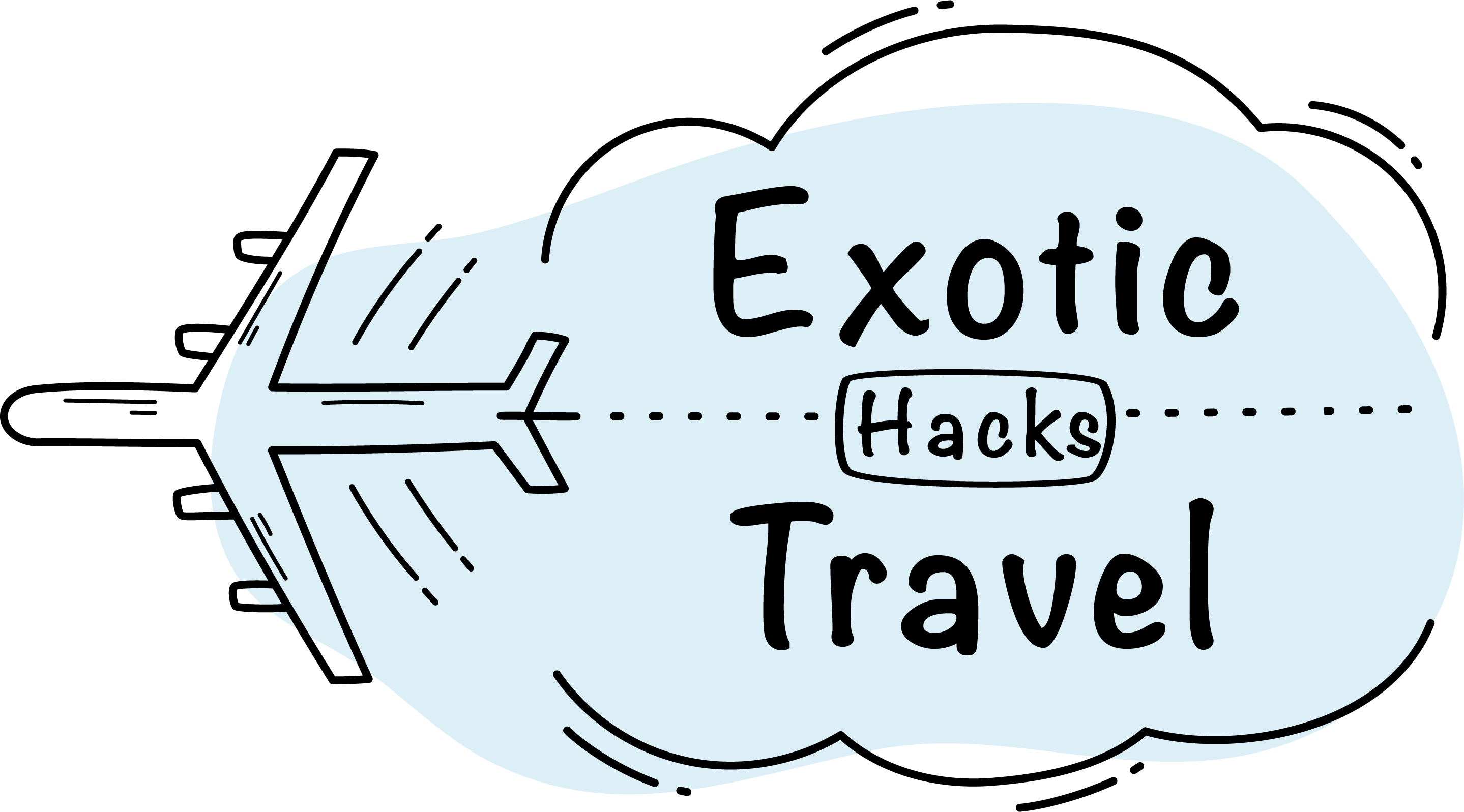Table of Contents
After spending six years exploring the world’s most touristy cities and managing to find authentic local experiences in each one, I’ve developed a foolproof system for breaking through the tourist facade. Here’s how to find the real heart of a place, even when you’re surrounded by selfie sticks and tour buses.
The Three-Block Rule
The most powerful secret I’ve discovered is embarrassingly simple: walk three blocks away from any major tourist attraction. That’s where real life begins. In Venice, three blocks from St. Mark’s Square, I found a family-run bacaro where locals gather for cicchetti and spritz. The owner initially seemed surprised to see a tourist but ended up sharing stories about growing up in a rapidly changing Venice.
The Early Bird Strategy
Tourist attractions come alive at 10 AM. Local life starts at 6 AM. Get up early and you’ll see a completely different city. In Barcelona’s La Boqueria market, tourists crowd the entrance taking photos at 11 AM, but at 6:30 AM, you’ll find local restaurant owners selecting the day’s best produce and elderly residents buying their daily bread. These early hours reveal the real rhythm of city life.
The Local Transportation Hack
Skip the hop-on-hop-off buses. Instead, research which regular bus or tram lines locals use for their daily commute. In Istanbul, while tourists crowd the ferries crossing between European and Asian sides, I discovered that local commuters use specific routes at different times – leading me to neighborhoods I’d never have found otherwise. These routes often pass the same landmarks but continue into residential areas that tourists rarely see.
The Social Media Secret
Forget TripAdvisor and tourist hashtags. Search local-language hashtags and keywords on social media. In Tokyo, searching Japanese hashtags led me to tiny izakayas and local festivals that never appeared in English-language media. Follow local photographers and food bloggers who post in their native language – they’re not catering to tourists.
The Language Connection
Learn just 50 words in the local language and watch doors open. Not just basic greetings – learn specific phrases like “What do you recommend?” or “I’m interested in local history.” In Paris, simply asking for recommendations in broken French transformed my interactions from tourist transactions to genuine conversations.
The Time-Based Exploration
Tourist spots have peak hours; local spots have dead hours. Visit popular areas at off-peak times. The Colosseum at 3 PM is a tourist trap, but at 8 PM, the surrounding neighborhood comes alive with locals enjoying aperitivo. Understanding these temporal shifts is key to seeing the authentic side of tourist areas.
The Local Expert Connection
Instead of hiring a tour guide, find a local expert in something you’re passionate about. Love coffee? Connect with local baristas. Interested in architecture? Local architecture students often love sharing their knowledge. In Prague, I met a local photography student who showed me hidden spots I’d never have found in guidebooks.
The Restaurant Reality Check
The most authentic restaurants often have the worst online presence. Look for places with menus only in the local language, handwritten daily specials, and a location that makes no sense for tourist foot traffic. In Rome, my rule is simple: if the menu isn’t handwritten and in Italian, keep walking.
The Digital Detective Method
Local social networks are different from what tourists use. In China, forget Instagram – WeChat’s “Moments” feature shows you where locals go. In Russia, VK (VKontakte) reveals events and spots that never appear on Western platforms. Every country has its digital ecosystem, and tapping into it changes everything. I once found an underground jazz club in Seoul through KakaoTalk groups that no tourist website had ever mentioned.
Research which apps locals use for restaurant reviews, event planning, and social networking. In Japan, Tabelog gives you a completely different perspective than TripAdvisor. In South Korea, MangoPlate shows you where locals eat. These platforms often have English versions, but switch to the local language version for dramatically different results.
The Local Shopping Strategy
Skip the souvenir shops and find where locals buy everyday items. Local shopping habits reveal authentic culture better than any guidebook. In Bangkok, while tourists crowd the floating markets, locals shop at tiny specialty stores hidden in residential areas. Each neighborhood has its expert vendors – the person who’s been selling only curry paste for 30 years, or the family specializing in traditional herbs.
Look for shops that serve specific community needs. In Tokyo, I discovered a store specializing in traditional paper goods that local calligraphers frequent. The owner spent an hour teaching me about different paper types, leading to an invitation to a calligraphy workshop where I was the only foreigner.
The Local Events Calendar
Every city has local events that never make it to English-language websites. City government websites, local university calendars, and community center schedules are gold mines. In Mexico City, checking university cultural calendars led me to free concerts and art shows where I was often the only tourist.
The Neighborhood Selection Strategy
Choose accommodation in residential areas, not tourist zones. Yes, you’ll commute to the main sights, but you’ll come home to real neighborhood life. In Amsterdam, staying in a residential area meant morning coffee with locals instead of tourist crowds, and evening drinks at bars where Dutch was the only language heard.
The Market Method
Every city has multiple markets – tourist markets, local markets, and hybrid markets. The key is timing. Visit local markets during peak local shopping hours (usually early morning or late afternoon). In Bangkok, the same market that caters to tourists at noon transforms into a local food haven at 6 AM.
The Cafe Culture Code
Coffee shops are your window into local life. Not the ones near tourist attractions, but the ones where people bring laptops and hold meetings. These places reveal the modern pulse of a city. In Vienna, tourist cafes sell an old-world fantasy, but local cafes show you how contemporary Viennese live.
The Festival Factor
Official festival calendars show tourist events. But every neighborhood has its local celebrations. Ask your Airbnb host, local convenience store owner, or cafe barista about upcoming local events. In Kyoto, my guesthouse owner told me about a tiny neighborhood festival that became the highlight of my trip.
Making It Work
Finding authentic experiences in tourist-heavy destinations isn’t about avoiding tourist areas completely – it’s about seeing beyond them. The real city exists alongside the tourist city, often just a few streets away. Remember: the most memorable experiences usually happen when you step off the prescribed path. Ready to find the real heart of your next destination?

I’m Garrett, a seasoned photojournalist with a passion for uncovering the world’s hidden treasures. My journey is fueled by a deep curiosity for diverse cultures and breathtaking landscapes. When I’m not behind the lens capturing the world’s wonders, you can find me exploring underwater realms or sharing my passion for discovery with my two adventurous children.




